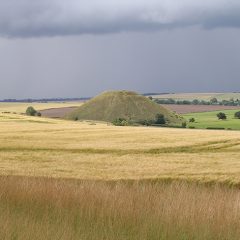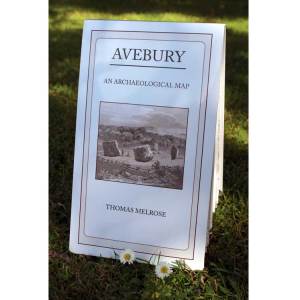The recent legal halting to the original plans for a tunnel to cut under the Stonehenge landscape may have slowed down one process of degrading the archaeological value of the monument’s extensive landscape, but it’s a temporary pause, and plans are again back underway.
This massive road works within the landscape of Stonehenge is not the only degradation threat that is going on at England’s ‘National Temple’. In this post I want to point out another threat to our understanding of this monument, one which increasingly restricts the future interpretation of the design of the monument, what it was for, and what it represented.
Drayton’s poem, Polyolbion, concerns the fate of those who located and placed the stones at Stonehenge, and well sums up the subject of this article,
“Ill did those mighty men to trust thee with their story; Thou hast forgot their names who reared thee for their glory.”
Continue reading “Legal Success for Stonehenge Alliance is great news, but…”

